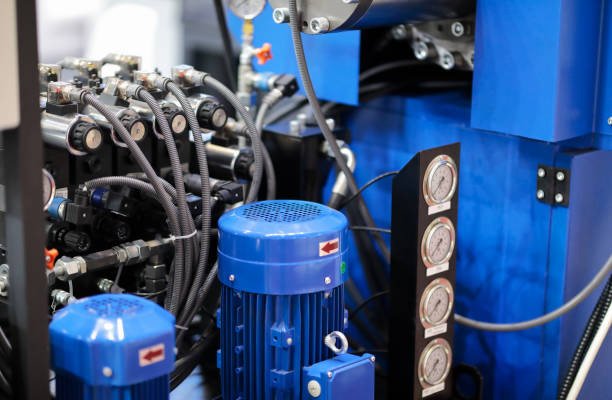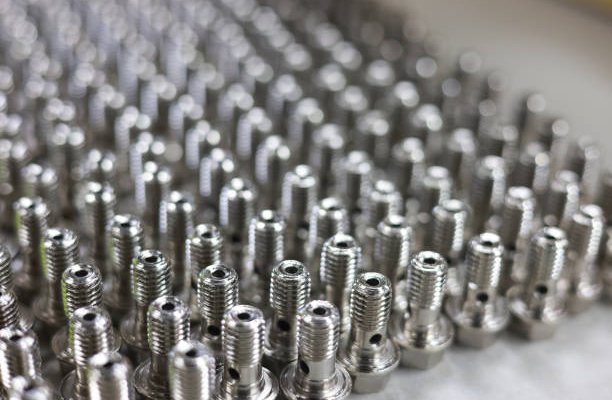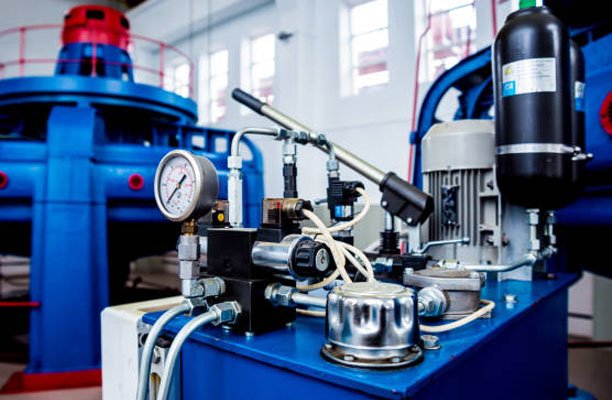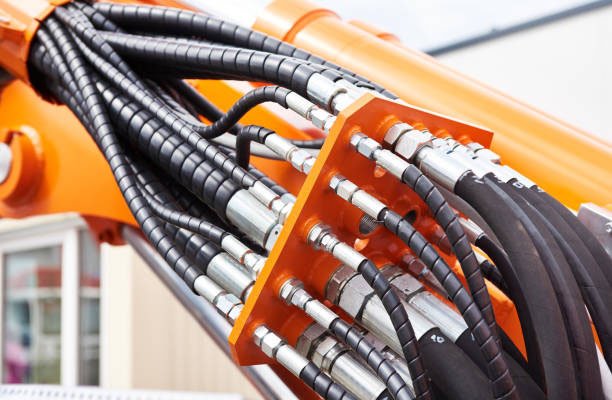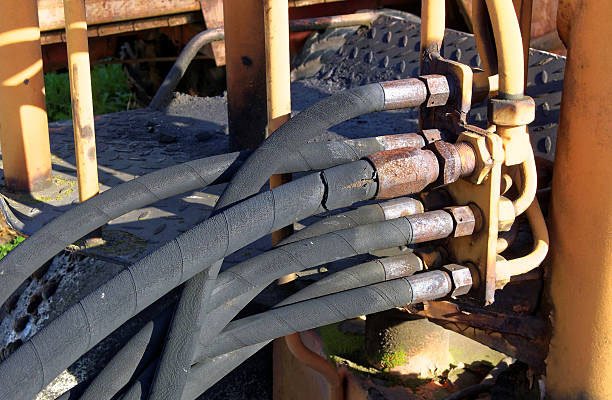Hydraulic systems are the backbone of many modern machines and technologies. These systems use the power of pressurized fluids to perform essential functions in various industries, ranging from construction and agriculture to aerospace and automotive engineering. By using fluid power, hydraulic systems provide an efficient and reliable way to generate and control force and motion.
In this guide, we’ll dive deeper into hydraulic systems, breaking down their components, how they work, and the different industries that rely on this incredible technology.
What is a Hydraulic System?
At its essence, a hydraulic system uses pressurized fluids to transmit energy and perform mechanical tasks. The system relies on hydraulic fluid to carry out work, such as lifting heavy loads, powering machines, or controlling equipment. Unlike mechanical systems that use gears, levers, or belts, hydraulic systems use fluid to deliver force to different parts of a machine.
Hydraulic power is often preferred over mechanical systems due to its ability to generate more force in a smaller, lighter package. Additionally, hydraulic systems offer smoother, more precise control and are capable of transmitting energy over long distances with minimal loss.
Key Components of Hydraulic Systems
To understand how hydraulic systems work, let’s look at the primary components involved. Each part plays a vital role in ensuring the smooth operation and efficiency of the system. Here’s a more detailed breakdown:
1. Hydraulic Fluid
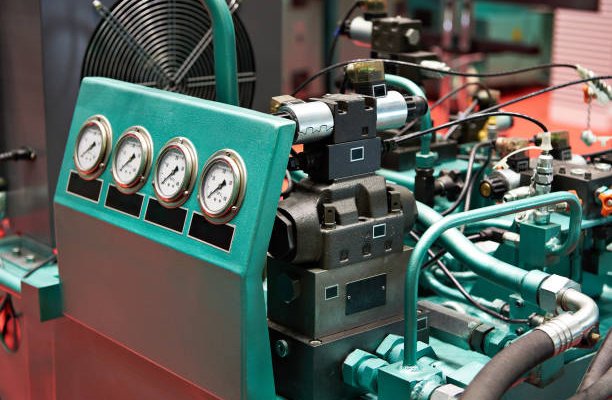
Hydraulic fluid, often referred to as hydraulic oil, is the medium that transmits power in a hydraulic system. It is typically a type of mineral oil, though water-based fluids or synthetic oils can also be used in certain applications.
Functions:
- Transmission of Power: The hydraulic fluid carries the energy from the pump to the actuators, where it performs work.
- Lubrication: The fluid reduces friction between moving parts, helping to prevent wear and tear.
- Cooling: Hydraulic systems generate heat due to friction and energy conversion. The fluid absorbs heat and carries it away to prevent overheating.
- Contaminant Removal: The fluid helps to flush out contaminants (such as dust and metal particles) from the system, especially when combined with filtration systems.
Hydraulic fluid needs to be kept clean and at the correct level to ensure efficient operation. It also has specific properties, like viscosity, that determine how easily it flows through the system.
2. Hydraulic Pump
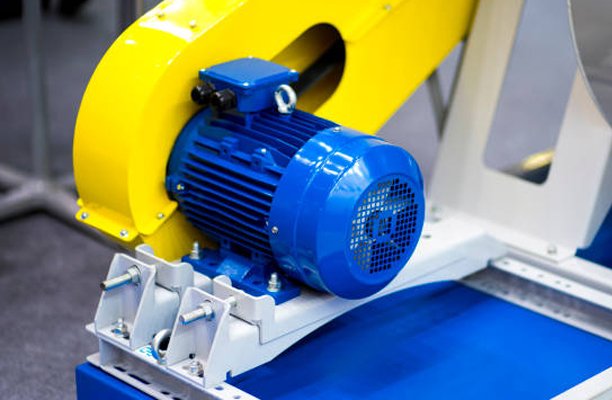
The hydraulic pump is the heart of any hydraulic system. Its primary function is to convert mechanical energy (from a motor or engine) into hydraulic energy by pressurizing the hydraulic fluid.
Types of Pumps:
- Gear Pumps: These are the most common type of pump. They use two interlocking gears to pump fluid. They’re reliable, simple, and cost-effective.
- Vane Pumps: These pumps use a rotor with vanes to move fluid. They offer smoother operation and can handle higher pressures than gear pumps.
- Piston Pumps: These pumps use pistons to move fluid in a highly controlled manner. They are often used in high-pressure applications due to their efficiency and power.
The pump continuously draws fluid from the reservoir, pressurizes it, and sends it to the other components of the system.
3. Valves
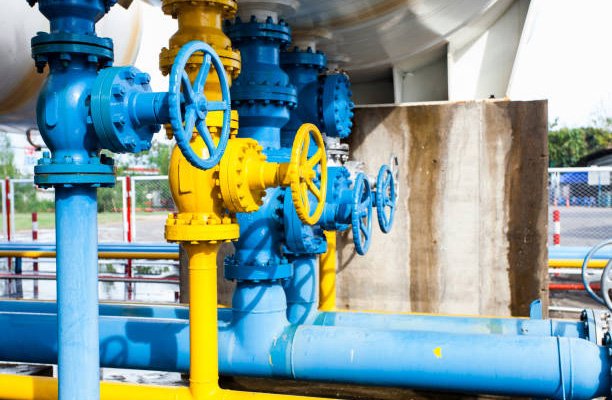
Valves are the control centers of a hydraulic system. They regulate the flow and pressure of the hydraulic fluid to ensure that the actuators perform the desired actions.
Types of Valves:
- Directional Control Valves: These valves control the direction of the fluid flow, determining where the fluid will go within the system. They allow operators to control the movement of cylinders or motors.
- Pressure Relief Valves: These valves prevent the system from over-pressurizing. If the pressure exceeds a preset limit, the valve opens to release fluid and reduce pressure.
- Flow Control Valves: These valves adjust the speed of fluid flow, allowing the operator to control the speed at which an actuator moves.
Valves also help to ensure safety by preventing damage to the system components and allowing for precise adjustments of motion or force.
4. Hydraulic Actuators
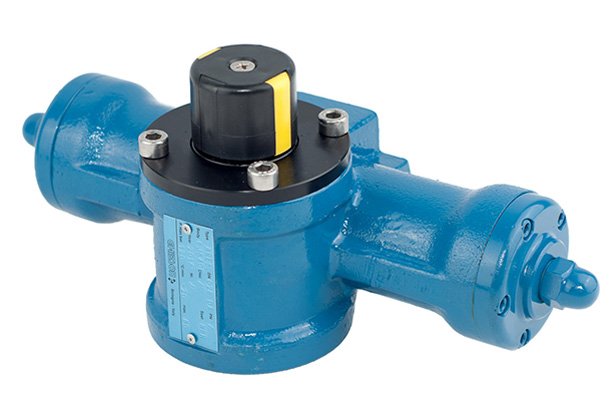
Hydraulic actuators are the parts of the system that convert hydraulic energy into mechanical energy. They can be either linear or rotary actuators, depending on the motion required.
Types of Actuators:
- Hydraulic Cylinders: These are linear actuators, meaning they produce straight-line motion. A hydraulic cylinder consists of a piston that moves within a tube when fluid is applied. The piston’s movement is used to push, lift, or move objects.
- Single-Acting Cylinders: These only use pressure on one side of the piston. Fluid pressure causes the piston to move in one direction, while a spring or gravity returns it to its original position.
- Double-Acting Cylinders: These cylinders use pressure on both sides of the piston, allowing it to move in both directions, offering greater flexibility in controlling motion.
- Hydraulic Motors: These are rotary actuators. They convert the pressure of hydraulic fluid into rotational motion. Hydraulic motors are commonly used in applications where continuous rotational motion is needed, such as in conveyor belts, winches, and augers.
5. Reservoir
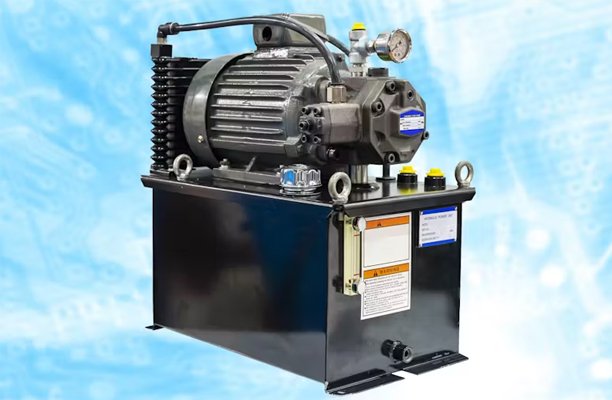
The hydraulic reservoir stores the hydraulic fluid when it’s not in use, and also serves as a cooling and filtration unit. The reservoir maintains the necessary fluid level, making sure that enough fluid is available for the pump to operate efficiently.
Key Functions:
- Fluid Storage: It holds a reserve of fluid for the system, ensuring that the pump can continuously operate without running dry.
- Heat Dissipation: As the fluid circulates, it absorbs heat from the components. The reservoir helps dissipate this heat to prevent the fluid from overheating.
- Contaminant Settlement: The fluid returning to the reservoir is often contaminated with debris. The reservoir allows larger contaminants to settle before the fluid is reused.
6. Filters
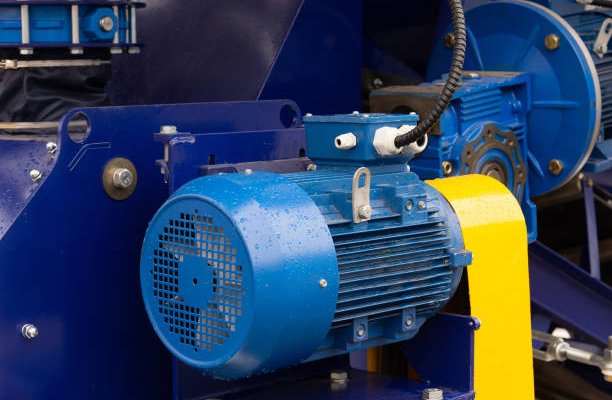
Hydraulic systems can suffer from efficiency loss and damage if contaminants enter the fluid. That’s why filters are used to capture dirt, debris, and metal particles that could damage components. Filters ensure that only clean fluid circulates in the system, thus extending the lifespan of hydraulic components.
Filters are typically placed in the return line (returning fluid to the reservoir) and also near the pump to filter incoming fluid.
7. Hoses and Tubing
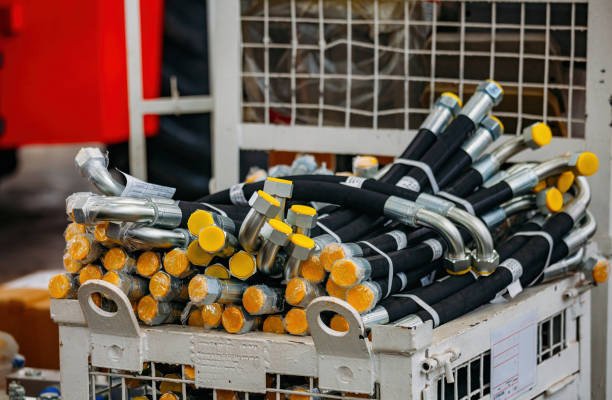
The hoses and tubing in a hydraulic system transport the hydraulic fluid to various components. These are essential for connecting the pump, valves, actuators, and reservoir.
Hoses are generally flexible and made of reinforced rubber or synthetic materials, while tubing is rigid and often made of metal. The material and design of the hoses/tubing depend on the type of hydraulic system, fluid pressure, and temperature.
How Do Hydraulic Systems Work?
The basic operation of a hydraulic system can be broken down into a few key stages, each of which involves a specific interaction between components:
- Fluid Pumping
The pump draws hydraulic fluid from the reservoir and pressurizes it. This increases the energy stored in the fluid, preparing it for transmission throughout the system. - Fluid Control
The fluid then travels through the valves, where the direction, pressure, and flow rate are adjusted. The valves control how much fluid is allowed to flow into the actuators, as well as in which direction the fluid moves. - Movement of Actuators
The actuators (cylinders or motors) receive the pressurized fluid and convert it into mechanical motion. The fluid pressure pushes pistons in cylinders, or spins shafts in motors, to produce linear or rotational movement. - Return to the Reservoir
After the fluid has done its job, it returns to the reservoir for cooling and contaminant settlement, before being sent out again to continue the process.
Applications of Hydraulic Systems
Hydraulic systems are used across many sectors, from industrial machinery to aerospace technology. Here’s a detailed look at some of the most common applications:
1. Construction Equipment
Hydraulic systems are used extensively in construction machinery, such as excavators, cranes, bulldozers, and forklifts. These machines require immense force to lift, push, dig, and move heavy objects, and hydraulic systems provide that power with precision.
Hydraulic cylinders in construction equipment allow for easy control of lifting arms, boom extensions, and bucket movements, enabling operators to perform highly specialized tasks with speed and accuracy.
2. Manufacturing and Automation
Manufacturers use hydraulic systems for metal forming, injection molding, and pressing applications. Hydraulic presses, for example, apply enormous pressure to shape metal parts or compress materials like plastics and rubber. Hydraulic systems also control movement in assembly lines for robotic arms, sorting systems, and conveyor belts.
Hydraulics allow manufacturers to perform high-precision tasks while increasing efficiency and speed, which is crucial for maintaining a competitive edge in the marketplace.
3. Aerospace
Aircraft and spacecraft depend heavily on hydraulic systems for essential functions, including the operation of landing gear, brakes, and flight controls. The hydraulic systems on aircraft allow for smooth and reliable deployment of flaps, spoilers, and control surfaces, helping pilots adjust to changing conditions during flight.
Engineers prefer hydraulic systems in aerospace because they are lightweight yet powerful, making them ideal for controlling various systems under extreme conditions.
Conclusion
Hydraulic systems are indispensable to modern industry, offering unmatched power, precision, and versatility. By using fluid power to transmit energy, these systems make it possible to perform highly demanding tasks across a wide variety of fields—from construction and manufacturing to aerospace and automotive engineering.
The careful design and integration of hydraulic components allow for the efficient operation of machines that move heavy loads, control delicate processes, and enhance productivity. Whether you’re a machine operator, engineer, or just an enthusiast, understanding hydraulic systems provides valuable insight into the technology that powers so much of the world around us.
FAQs
1. What is hydraulic fluid made of?
Manufacturers usually make hydraulic fluid from mineral oils, though they also use synthetic oils, water-based fluids, and eco-friendly options. The type of fluid used depends on the job and operating conditions.
2. Why is hydraulic oil important?
Hydraulic oil is key because it powers the system by transferring energy, keeps parts lubricated to reduce wear, and helps cool down the system. It also protects against rust and removes dirt from the fluid.
3. How does a hydraulic cylinder work?
A hydraulic cylinder uses pressurized fluid to move a piston inside a tube. The motion creates force, which operators use for tasks like lifting, pushing, or pulling. The fluid’s control determines the direction and speed of movement.
4. Why use hydraulic systems instead of mechanical ones?
Hydraulic systems are more powerful and flexible than mechanical ones. They can generate more force in smaller spaces, give smoother control, and can send energy over longer distances with less energy loss.
5. What does a hydraulic valve do?
A hydraulic valve controls the flow of fluid in the system. It decides which way the fluid goes, how much of it flows, and how fast. This helps control how the actuators (like cylinders or motors) move.
6. How do you maintain a hydraulic system?
To keep a hydraulic system running smoothly, make sure the fluid levels are right, change the fluid when needed, and check for leaks or damage. Clean or replace filters regularly, and monitor pressure and temperature to avoid problems.

